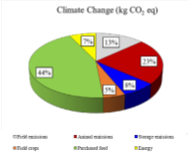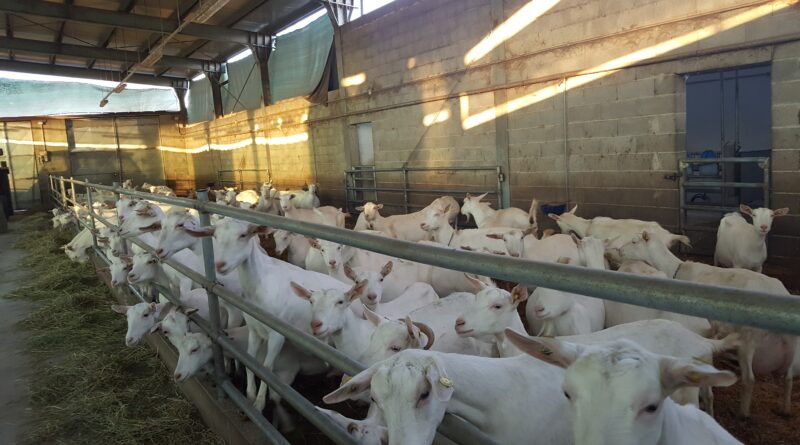RESEARCH PROVIDES WAYS TO MITIGATE THE ENVIRONMENTAL IMPACT OF GOAT MILK PRODUCTION

The production of goat milk, although less important from an economic point of view than that of cattle, is a typical Lombardy production, especially in the hills and mountain areas. Due to the increasing attention to the effects of human activity on the environment, environmental sustainability is one of the key points for obtaining any product, especially if we refer to a food product. With this aim, the DiSAA group of animal husbandry research has assessed the environmental impact of goat milk production in Lombardy, applying the Life Cycle Assessment (LCA) method, analyzing the entire life cycle of the product, starting from the phase of cultivation of animal feed, passing through the production processes on the farm. The 17 goat farms involved in the study had intensive breeding systems, very similar to those used for cattle husbandry. The results obtained show that the environmental impact, in terms of greenhouse gas emissions, of goat milk production is on average higher (2.67 kg CO2 eq / kg milk) than that of bovine milk production (on average about 1.30 kg CO2 eq / kg milk) even if the very large variability of the data (from 1.12 to 5.05 kg CO2 eq / kg milk) suggests the existence of ample room for improvement. The increase in the production of milk per head, improving the feeding and management of the herd, could allow an increase in production efficiency and an important environmental benefit.
Figure: contributions to climate change of goat milk production.
REFERENCE
Zucali, M., Lovarelli, D., Celozzi, S., Bacenetti, J., Sandrucci, A., & Bava, L. (2020). Management options to reduce the environmental impact of dairy goat milk production. Livestock Science, 231, 103888.




